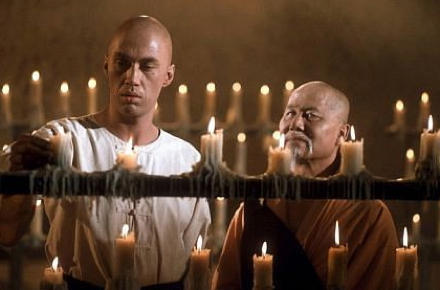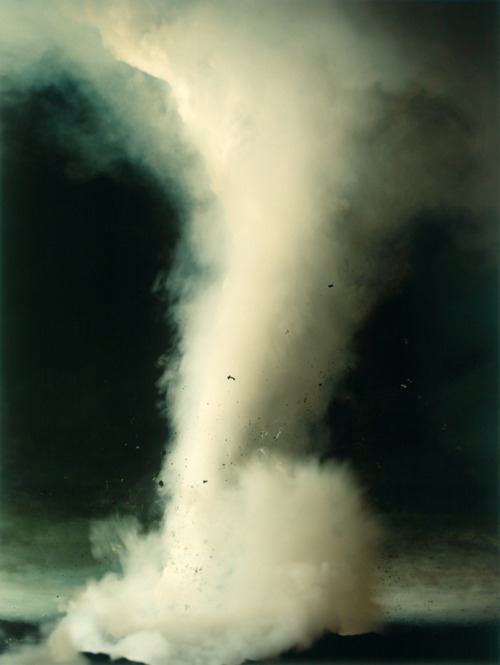Maybe the reader would prefer “Movement As Therapy” as the title. After all, how can therapy be something which includes violence of the kind found in boxing? Maybe “Tai Chi As Therapy” has a better ring to it. Tai Chi contains beautiful, smooth, silky movements, although it is considered and accepted as a martial art…we imagine someone who moves like a dancer, and who makes nice, incomprehensible moves in the air, and who moves alone; no opponent, and no violence. Would it be as nice with an opponent, with someone who has bad intentions? “The master could handle him without overt aggression, without causing serious damage,” might be our thought. Is it true? How could the master do that? How did the master arrive at that level? Or this is a lie, and is Tai Chi brutal, too?

In the middle of the hurricane there is silence
Japanese sentence.
Consider the opponent. He is the one who makes the difference between moving as a dancer and moving as a martial artist. He confuses and frustrates you when you feel free to move and express your feelings through your movements. He creates fear, which is the source of aggression and which causes brutality. But what is martial arts then? An education system for killers? The master is someone who has deadly skills but doesn’t use them, or uses them in a way in which no one is hurt. That’s why we admire the master. He has the power and ability to damage others, but he doesn’t. Then, how did he became a master?
To be honest I’m really not sure this picture about the mystic master comes from reality, and isn’t just a tall tale. But what is certain is that all of the masters (including the Tai Chi masters) have experience with violence.
In violent situations we meet our demons, which are woven from our fears. And in these situations we are alone with our fears. We are our own opponent. And the opponent calls out the demons from the dark. At that point we can run, or we can face our fears. All the masters faced their demons and beat them. That’s why they are called masters, because they are free from fear. Just as a painter or poet or composer is free from the rules and forms which tied their hands in the beginning, a martial arts master can react according to the moves his opponent makes, and not be confused by fears. So he is peaceful, having found the silence in the middle of the hurricane.

There is no opponent
Is it possible to see this principle embodied in a bloody fight? Let’s go back to boxing.Two men punish each other with powerful punches. Isn’t it just legalized brutality? If you watch a fight with open eyes you will see how the fighters try to find ways to go behind the opponent’s shield. This is similar to the way the ego plays with the self.
The ego likes to think we have control over our world, like little gods. But life usually finds our weak points, something that confuses us, and we have to answer the challenge. This is how we go slowly in the direction of perfection. The fighters need each other, in order to be better fighters…two egos awakening their respective selves.
At the end of a fight we often see two men who looked at each other as beasts an hour earlier, hug each other and laugh together. Why? They helped each other face their fears and become better men. Fear in its many, many forms can be effectively beaten in this way.
When two courageous men stand there – this is a naked, pure situation.
This is why boxing is often called the most honest sport.
